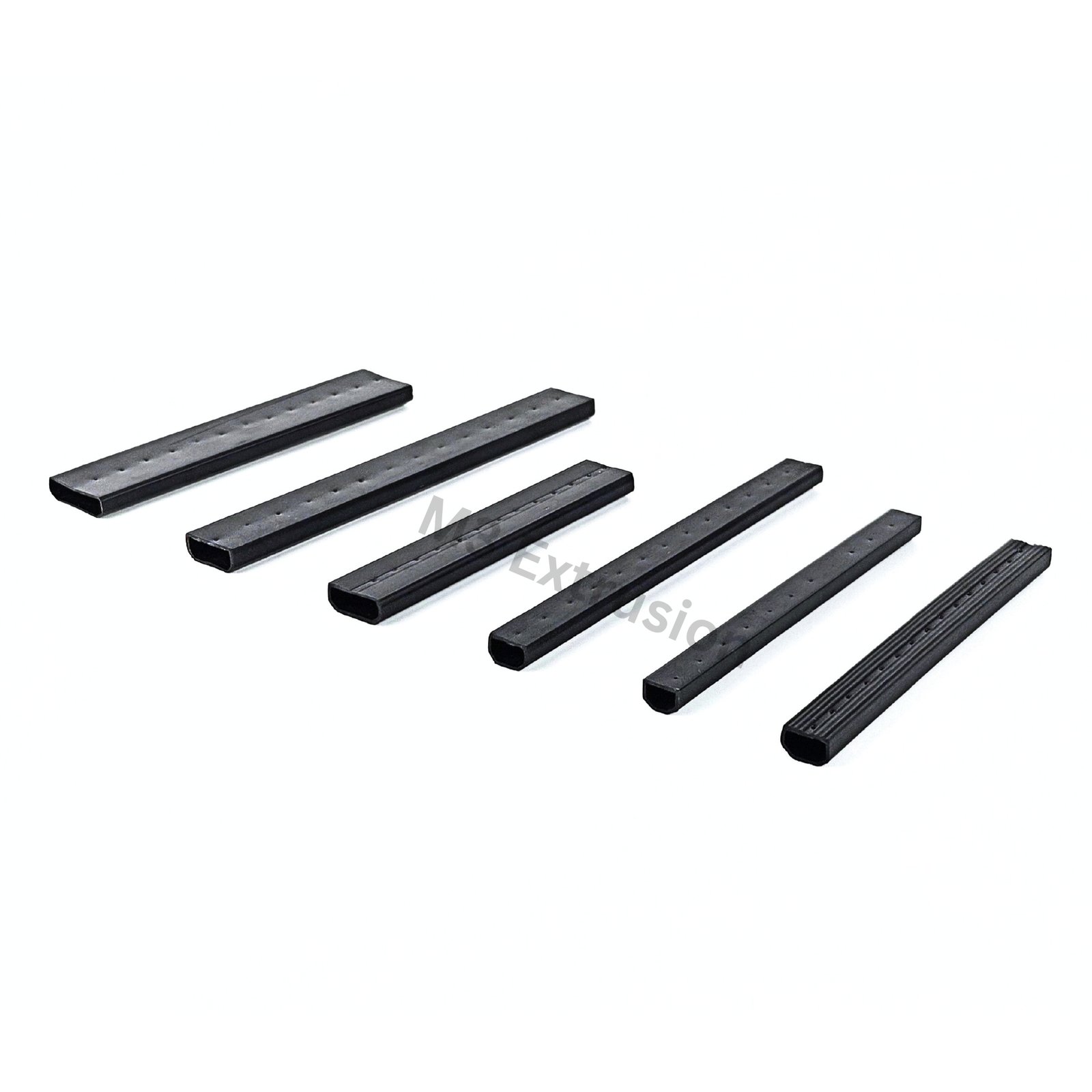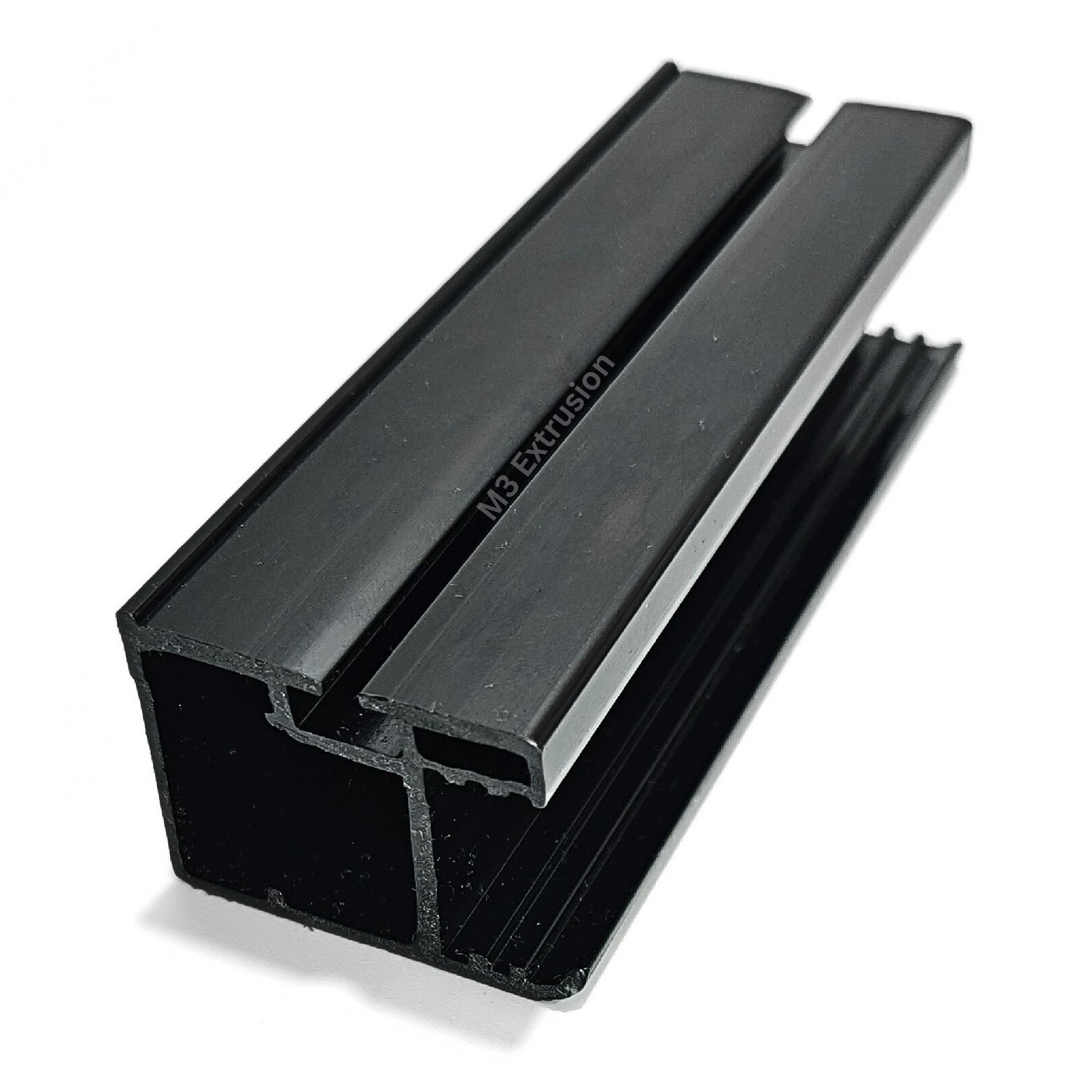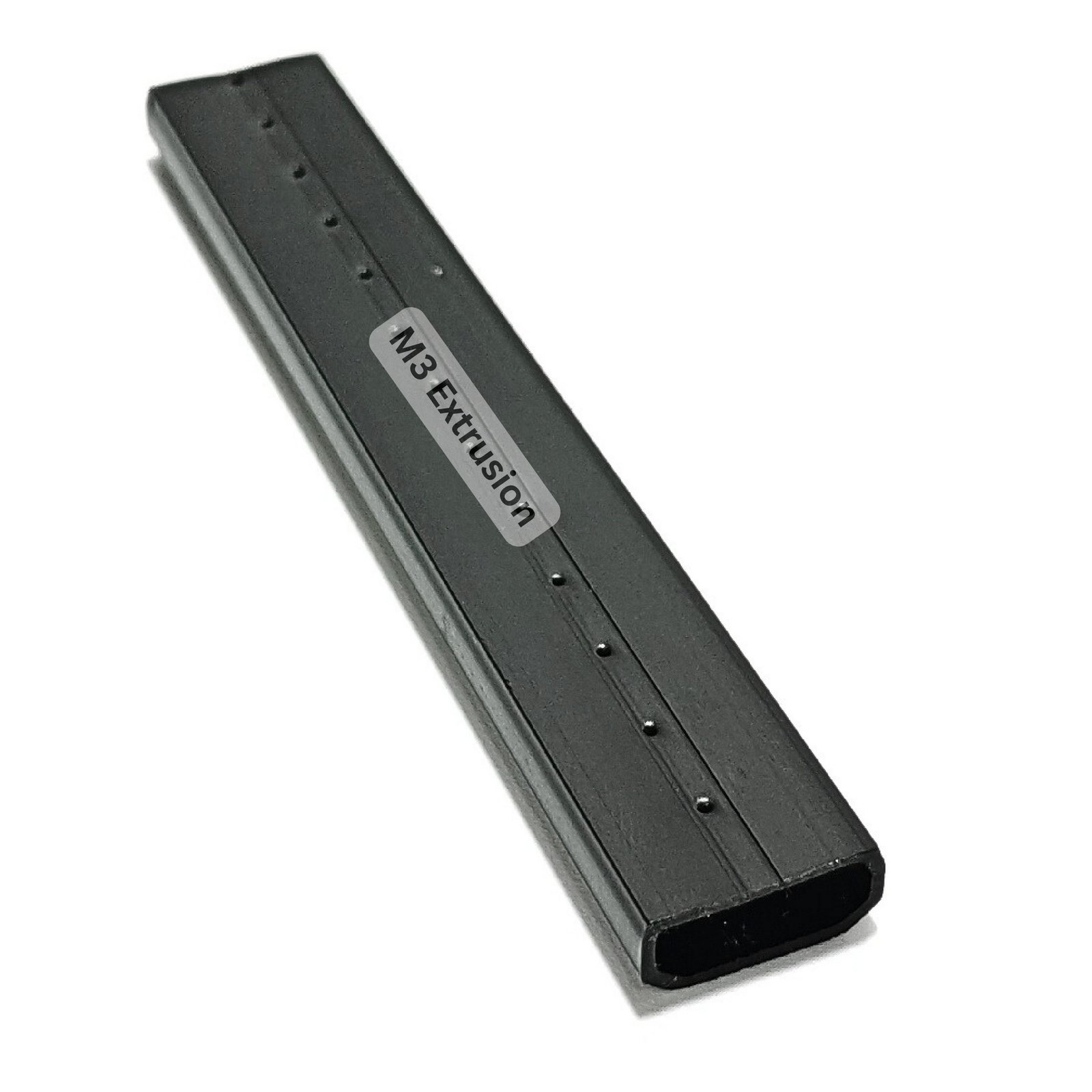In the world of manufacturing and production, extrusion is a vital process used for shaping a wide range of materials. Plastic PVC extrusion in India, in particular, plays a significant role in creating various products used in everyday life, from construction materials to household items. But what exactly is plastic PVC extrusion, and how does it differ from other extrusion methods? This article delves into the mechanics of plastic PVC extrusion, its applications, and how it compares to other extrusion techniques.
What is Plastic PVC Extrusion?
Plastic PVC extrusion refers to a manufacturing process where raw Polyvinyl Chloride (PVC) plastic is heated and forced through a die to create continuous shapes, profiles, or products. The raw PVC material is first fed into an extruder machine, which consists of a hopper, a heated barrel, and a screw mechanism that pushes the material forward. As the PVC material is heated to a malleable state, it is then forced through a die with a specific profile, shaping the material into the desired form.
The resulting product is typically in the form of a continuous length of PVC, which can be cut into sections or rolled into coils, depending on the application. Plastic PVC extrusion is used to create a variety of profiles, including pipes, window frames, doors, and flooring, making it an essential part of industries such as construction, plumbing, automotive, and consumer goods.
What Is the Process of Extrusion?
The plastic PVC extrusion process can be broken down into several key stages:
- Material Preparation: The first step involves preparing the PVC resin, which may be mixed with additives such as stabilisers, plasticisers, colourants, or UV inhibitors, depending on the desired properties of the final product.
- Feeding the Material: The PVC material is loaded into the hopper of the extruder machine. From here, the material is pushed into the extruder barrel by a rotating screw.
- Melting and Mixing: The extruder barrel is heated to a specific temperature that softens the PVC, making it pliable. The screw inside the barrel mixes the PVC resin with any additives, ensuring that the material is homogeneous.
- Extrusion through the Die: Once the PVC is fully melted and mixed, it is forced through a die, which is a metal plate with a specific shape or profile. This die determines the final shape of the extruded product, which can range from simple round pipes to complex geometric profiles.
- Cooling and Hardening: As the molten PVC exits the die, it is rapidly cooled using water or air cooling systems. This solidifies the material, allowing it to retain its shape. The cooling process also helps to maintain dimensional accuracy.
- Cutting and Finishing: After cooling, the extruded PVC is cut into lengths or coiled depending on the end-use. Additional finishing processes, such as polishing or surface treatments, may be applied to improve the appearance and functionality of the product.
What Are the Applications of Plastic PVC Extrusion
Plastic PVC extrusion is used in a wide range of applications due to its versatility, durability, and cost-effectiveness. Some of the most common uses include:
- Construction Industry: PVC is used extensively in the construction industry to create profiles for windows, doors, cladding, and trims. The material’s resistance to weathering, corrosion, and UV degradation makes it ideal for outdoor applications.
- Pipes and Fittings: PVC is one of the most common materials used in plumbing, where it is extruded into pipes, fittings, and valves. These products are used in both residential and commercial plumbing systems due to PVC’s excellent resistance to water, chemicals, and pressure.
- Automotive: In the automotive industry, PVC extrusion is used for producing interior and exterior trim, seals, and gaskets. The material’s ability to be easily moulded into complex shapes makes it ideal for these applications.
- Consumer Goods: PVC is also used to create various consumer products such as flooring, profiles for furniture, and even electrical insulation.
- Signage and Display: Extruded PVC is often used in the creation of signs, displays, and protective panels due to its rigidity, ease of printing, and durability.
What are the Top Benefits of Plastic PVC Extrusion?
The process of PVC extrusion offers a number of advantages that make it highly popular across various industries. Some of these benefits include:
- Cost-Effective: PVC extrusion is a highly efficient process that can produce large quantities of material at a relatively low cost. The process is also energy-efficient, contributing to lower production costs overall.
- Customisable Profiles: One of the standout features of plastic PVC extrusion is its ability to create custom profiles. The die used in the extrusion process can be tailored to produce a wide variety of shapes and sizes, meeting the specific needs of a particular application.
- Durability: PVC is known for its durability, resistance to weathering, and ability to withstand harsh chemicals. As a result, PVC extruded products are long-lasting and low-maintenance.
- Versatility: PVC extrusion is highly versatile and can be used to create products for a wide range of industries. Whether it’s plumbing pipes, window frames, or signage, the flexibility of PVC extrusion makes it an essential process for manufacturers.
- Environmental Benefits: While PVC has been the subject of environmental concerns, modern PVC extrusion processes are increasingly sustainable. Many manufacturers use recycled PVC, and new technologies are helping to reduce energy consumption during the extrusion process.
How PVC Extrusion Differs from Other Extrusion Methods
While PVC extrusion shares some similarities with other types of extrusion, there are several key differences that set it apart. To better understand how PVC extrusion stands out, it’s important to compare it to other common extrusion methods, such as metal extrusion, rubber extrusion, and thermoplastic extrusion.
PVC Extrusion vs. Metal Extrusion
In metal extrusion, materials like aluminium, steel, or copper are heated and forced through a die to form continuous shapes. While PVC and metal extrusion share the same basic principle, there are some notable differences in the process:
- Material Properties: PVC is a thermoplastic, meaning it becomes soft and pliable when heated and solidifies when cooled. Metal extrusion, on the other hand, involves materials that retain their strength at high temperatures and require much higher temperatures to extrude (e.g., aluminium requires temperatures upwards of 600°C).
- Applications: Metal extrusion is often used to create structural components for industries like aerospace, automotive, and construction, whereas PVC extrusion is more commonly used for consumer goods, plumbing, and construction profiles.
- Energy and Equipment: Extruding metal requires much higher levels of energy, and the equipment used for metal extrusion is typically more expensive and specialised compared to the equipment used for PVC extrusion.
PVC Extrusion vs. Rubber Extrusion
Rubber extrusion is another common extrusion method, used to produce products like seals, hoses, and gaskets. While both PVC and rubber extrusion use similar machinery, there are some key differences:
- Material Flexibility: Rubber is much more flexible and elastic than PVC, making it suitable for applications that require compressibility and resilience, such as seals and gaskets. PVC, by contrast, is more rigid, making it ideal for structural applications like pipes and window frames.
- Temperature Requirements: PVC has a relatively low melting point compared to rubber, which can make the extrusion process faster and more energy-efficient. However, rubber extrusion requires more complex temperature controls to ensure the desired material properties are achieved.
- End-Use: Rubber extrusion is typically used in products that need to offer flexibility and stretch, whereas PVC extrusion is often used for products that require rigidity and stability.
PVC Extrusion vs. Thermoplastic Extrusion
Thermoplastics are a broad category of materials that soften when heated and harden when cooled. PVC is a type of thermoplastic, but so are materials like polyethylene (PE), polypropylene (PP), and polystyrene (PS). Thermoplastic extrusion encompasses a wide variety of materials, each with unique properties.
- Temperature Sensitivity: Different thermoplastics have varying melting points, which affects the extrusion process. For example, polyethylene melts at a lower temperature than PVC, which can make the extrusion process slightly different.
- Applications: Each thermoplastic material has its own strengths. For example, PE and PP are often used for food packaging, while PVC is more commonly used for structural and durable products like pipes and profiles. The choice of material depends on the specific needs of the application.
- Machinery: While the basic extrusion machinery is similar for all thermoplastics, different materials may require specific modifications to the equipment to optimise the process and achieve the desired material properties.
Why is Plastic PVC Extrusion Best for Your Business?
Plastic PVC extrusion is an essential and highly efficient process that allows for the creation of a vast array of products, from construction profiles to industrial components. With its cost-effectiveness, versatility, and durability, PVC extrusion serves multiple industries, including plumbing, automotive, construction, and consumer goods. The ability to produce custom profiles and the wide range of applications make PVC extrusion a valuable manufacturing method.
While it shares some similarities with other extrusion processes, such as metal, rubber, and thermoplastic extrusion, PVC extrusion offers distinct advantages in terms of flexibility, material properties, and overall efficiency. Whether creating pipes, window frames, or complex profiles, the benefits of PVC extrusion are clear.
At M3 Extrusion, we specialise in manufacturing high-quality PVC extrusion profiles for a diverse range of business-to-business applications. With a commitment to precision, customer satisfaction, and cost-effective solutions, M3 Extrusion is proud to be a trusted partner for businesses seeking reliable and durable PVC products. Our expertise in the extrusion process ensures that your business gets the best possible product tailored to your needs.




